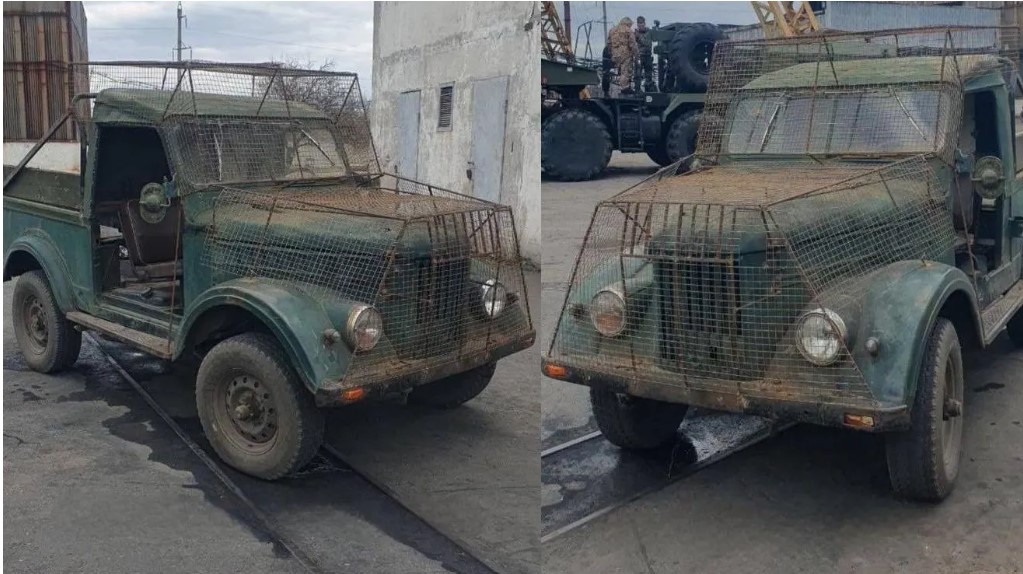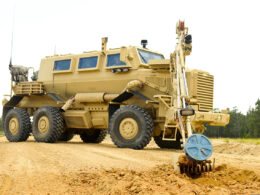In a startling development highlighting Russia's growing equipment shortage, Forbes reports that vehicles dating back to the early 1950s now appear in combat zones along the Ukrainian front.
The GAZ-69—an off-road vehicle first manufactured in 1952—has been spotted in active combat areas, with at least one modified with anti-drone screens.
"The arrival of the aged off-road vehicles is the latest evidence of the Russian military's accelerating de-mechanization as losses of purpose-made armored vehicles and other heavy equipment exceed 20,000," writes Forbes war correspondent David Axe.
He noted that this figure surpasses the entire British military's vehicle inventory of around 18,000.
As Russia struggles to replace lost equipment, civilian vehicles are increasingly being pressed into frontline service. Open-source analyst Moklasen observed this trend, questioning: "I guess this Lada storming is the norm now?" while reviewing drone footage of Russian forces using Lada compact cars in attacks against Ukrainian positions.
Axe describes a "vehicular death spiral" where Russia's reliance on civilian transport may actually accelerate its equipment crisis.
"Up-armored trucks and civilian vehicles such as vans, trucks, compact cars and all-terrain vehicles—that is, golf carts—now account for around 70 percent of Russian losses," according to a recent survey cited in the report.
This desperate adaptation has led to increasingly unusual transport solutions, including electric scooters and even horses and donkeys.
Despite these severe equipment constraints, Axe cautions that Russia still maintains numerical advantages.
"The Russian armed forces still have more people and, incredibly, more vehicles than the Ukrainians—and they're willing to expend them for modest territorial gains," he says.
However, he concludes that these equipment shortages impose significant operational limitations: "De-mechanized Russian regiments might overwhelm and push back Ukrainian brigades under certain circumstances. But realistically, these hollowed-out regiments can't exploit the resulting gaps in Ukrainian defenses."
Read more:
- "One year is all Putin needs." Russia may mobilize huge army again after Ukraine peace deal, Dutch intel warns
- Forbes: Russia just figured out how to jam American and French smart bombs - Ukrainian engineers are working overtime
- Massive Russian assault on Dnipro kills 4, destroys iconic restaurant





